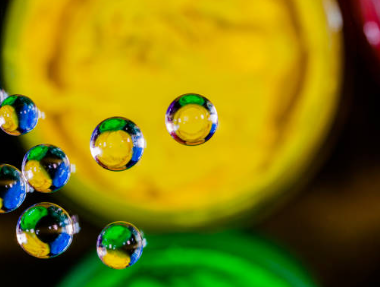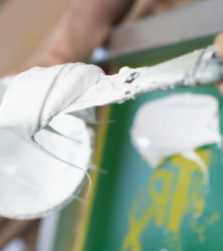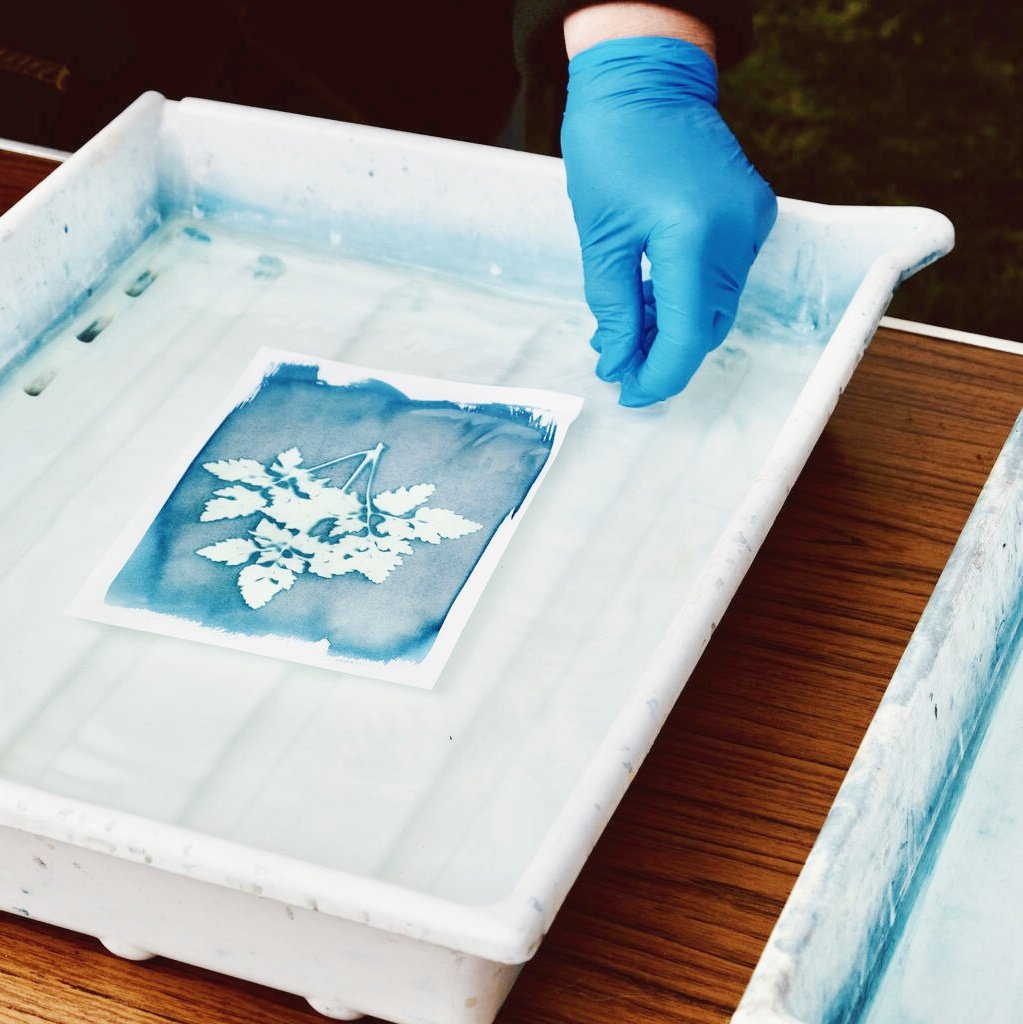Table of Contents
How to Achieve Vibrant & Durable Prints with Plastisol Ink
Plastisol ink is a favorite for screen printers because it makes bright, bold, and long-lasting prints. But if you don’t use it right, your designs might crack, fade, or bleed. This guide gives you simple steps to avoid mistakes and get professional results every time.
1. Choosing the Right Plastisol Ink
The first step to great prints is picking the right ink. Here’s how:
Use high-opacity ink for dark fabrics.
- High-opacity inks (like Wilflex or FN Ink) cover dark colors better.
- They stay vibrant even after washing.
Low-bleed ink stops colors from spreading on polyester.
- Polyester fabrics can make ink bleed. Low-bleed formulas fix this.
Try specialty inks for special effects:
- Metallic ink – adds a shiny finish.
- High-density ink – creates a 3D, raised texture.
- Phthalate-free ink – safer for baby clothes.
| Ink Type | Best For |
|---|---|
| High-Opacity | Black T-shirts |
| Low-Bleed | Sportswear |
| Phthalate-Free | Kid’s Clothing |
Pro Tip: Always choose PVC resin-based inks are commonly used in screen printing ink.. They are stronger and last longer, especially when using white plastisol ink.
2. Screen Setup for Precision
Your screen setup affects how crisp your prints look. Follow these tips for using water-based ink:
Pick the right mesh count:
- 110-160 mesh – Best for bold designs with thick ink.
- 230+ mesh – Perfect for tiny details and halftones.
Prepare your screen correctly:
- Use quality emulsion to avoid pinholes (tiny holes in the stencil).
- Keep screen tension between 20-25 N/cm². Loose screens cause ink to bleed.

3. Mastering the Curing Process
Curing is the MOST important step for durable prints. Plastisol ink must reach the right temperature to set for effective printing plastisol.
Ideal curing settings:
- Temperature: Ensure it is optimal for printing plastisol. 320-330°F (160-165°C).
- Time: 60-90 seconds under heat.
Choose the right tool for curing:
| Tool | Pros | Cons |
|---|---|---|
| Conveyor Dryer | Heats evenly, fast for big jobs when using plastisol inks for screen printing. | Expensive |
| Heat Press | Affordable, good for small batches | Slow for large orders |
Test if your ink is cured properly:
- Acetone rub test: Dab a cloth with acetone and rub the print. If ink smears, it’s not cured.
- Stretch test: Stretch the fabric. If the ink cracks, it’s under-cured.
Use an infrared thermometer to check the temperature before using printing plastisol. Don’t guess!
4. Additives for Enhanced Results
Mix additives into your ink to improve results:
- Soft-hand additive: enhances the feel of prints made with white plastisol. Makes prints feel soft on stretchy fabrics.
- Puff additive: Creates a puffy, 3D texture (heat it to activate).
- Low-odor thinner: Makes ink flow smoothly without strong fumes.
5. Pro Tips for Long-Lasting Prints
1. Add an underbase layer for dark fabrics.
- Print a white layer first. This makes colors pop on black shirts.
2. Pre-treat fabrics before printing.
- Clean polyester or synthetic fabrics to help ink stick better.
3. Post-cure with a heat press.
- After curing, press the design again for 5-10 seconds. This locks in the ink.

6. Troubleshooting Common Issues
| Problem | Quick Fix |
|---|---|
| Ink cracks after washing | Use less ink. Cure fully at 330°F. |
| Colors look dull in screen printing. | Add a white underbase. Use high-opacity ink. |
| Ink bleeds on polyester | Switch to low-bleed plastisol ink. |
7. Sustainability & Safety
Eco-friendly options include water-based ink alternatives.
- Use phthalate-free inks (like Union Ink or Rutland).
Stay safe while printing with proper ventilation and using water-based inks.
- Wear gloves and a mask to avoid skin contact with chemicals.
- Work in a well-ventilated area.
Dispose of waste properly:
- Follow local rules for throwing away plastisol ink.
8. FAQs
Can plastisol ink be washed?
Yes! If cured properly, it lasts 50+ washes.
Does plastisol ink crack?
Only if you use too much ink or don’t cure it long enough.
Is plastisol ink eco-friendly?
Regular plastisol isn’t, but phthalate-free inks are safer.
9. Conclusion
To get vibrant, durable prints with plastisol ink:
- Choose the right ink for your fabric.
- Set up your screen with the correct mesh count.
- Cure at 320-330°F and test with acetone or stretch tests to ensure durability of water-based ink.
- Use additives for special effects.
Try these tips today for better results in screen printing! Share your before-and-after results online to show off your skills.



